HOST CITY: 2024 FIVB Volleyball Girls’ U17 World Championship
The Peruvian capital Lima hosts the inaugural 2024 FIVB Volleyball Girls’ U17 World Championship at two venues – the Coliseo Eduardo Dibos and the Villa Deportiva El Salvador.
The Coliseo Eduardo Dibos is a multi-purpose indoor arena, opened in 1989 and located in San Borja district, with a capacity for 4,600 people. This arena is used to host sports events in volleyball, basketball and many others. It hosted the FIVB Volleyball Women's U20 World Championships in 1989 and in 2011. It was remodeled to house the venue for the basketball competitions at the 2019 Pan American Games.
The Villa Deportiva El Salvador was constructed and opened for the 2019 Pan American Games, the largest sporting event ever held in Peru, and hosted the events in gymnastics and karate. It is located in the Villa El Salvador district. With its retractable stands, the venue offers capacity for more than 5,000 people. In 2021, it welcomed the national women's volleyball cup, as well as the National Superior Volleyball League.
Lima is the capital and the largest city of Peru. The city is considered the political, cultural, financial and commercial centre of the country. Lima’s estimated population of 10,092,000 inhabitants makes it the second most populous city in the Americas, after Sao Paulo.
It is located in the valleys of the Chillon, the Rímac and the Lurin rivers, in the desert zone of the central coastal part of the country, overlooking the Pacific Ocean. The city slopes gently from the shores of the Pacific Ocean into valleys and mountain slopes located as high as 1,550 metres above sea level. Lima has a mild climate, despite its location in the tropics and in a desert. In August, temperatures rarely exceed 20 °C.
Lima is one of Latin America's most important financial centers, home to many national companies and hotels. As the main entry point to the country, Lima has developed an important tourism industry, among which its Historic Centre, its archaeological centres, its nightlife, museums, art galleries, festivities and popular traditions stand out. Lima is a top tourist destination in South America, with 2.63 million international visitors in 2018.
The history of the city of Lima began with its Spanish foundation in 1535. Following the Peruvian War of Independence, it became the capital of the Republic of Peru in 1821.
The Historic Centre of Lima was declared a UNESCO World Heritage Site in 1988 due to the importance that the city had during the Viceroyalty of Peru, leaving a huge architectural legacy. Highlights include the Basilica and Convent of San Francisco, the Plaza Mayor, the Lima Metropolitan Cathedral, the Basilica and Convent of Santo Domingo and the Palacio de Torre Tagle, among others. The Sanctuary and Monastery of Las Nazarenas also stands out with its festivities in the month of October constituting the most important religious manifestation of all Peruvians. Some sections of the Colonial Walls of Lima can still be seen. Such is the case of the Bastion Santa Lucía, remains of the old Spanish fortification around the city centre.
